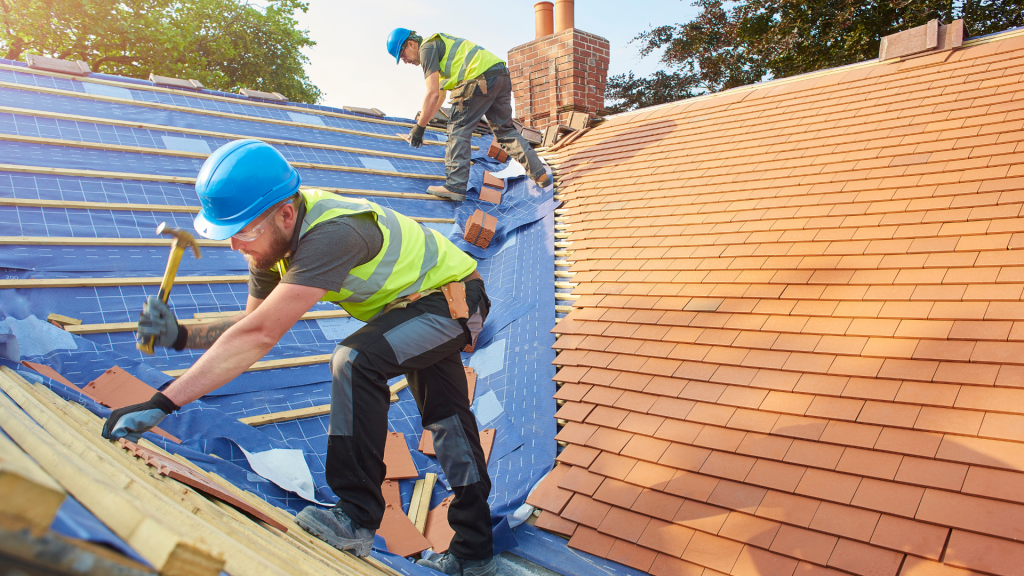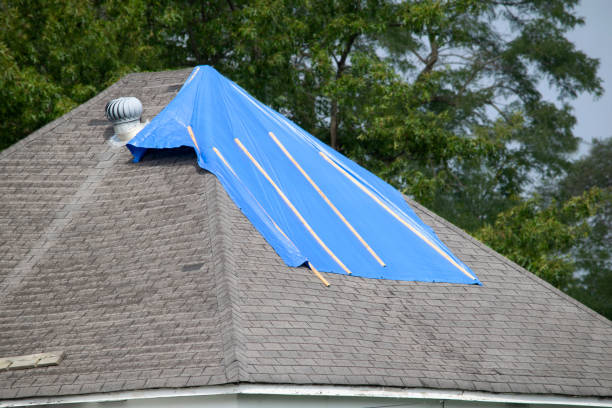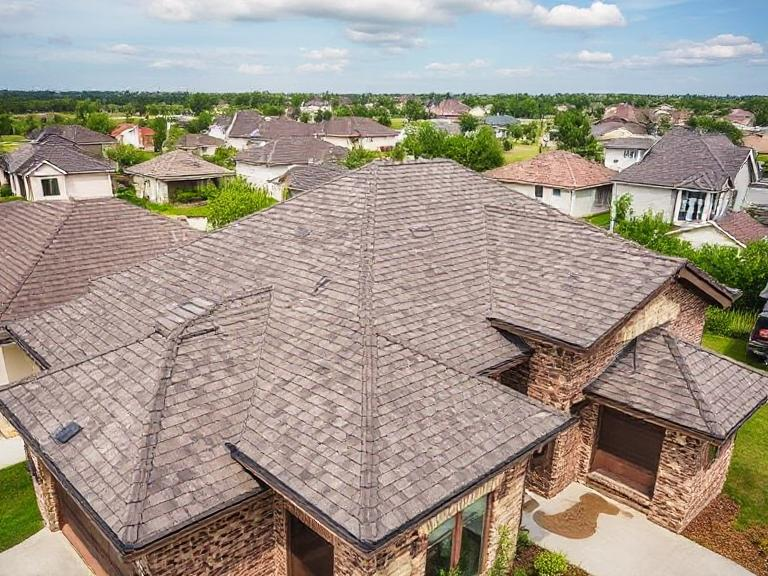
Exploring the Cheapest Methods for Temporary Roof Coverage
Introduction
When storm clouds gather and your roof sustains damage, immediate action is necessary to prevent further complications. Whether it’s a fallen tree, hail, or wind that has caused havoc above your head, knowing Exploring the Cheapest Methods for Temporary Roof Coverage can save you time, money, and heartache. This comprehensive guide will walk you through various methods of temporary roofing solutions, including how to find a reliable roofing contractor, navigate emergency tarping, and understand the nuances of storm damage roof repair.
Understanding Temporary Roof Coverage
What is Temporary Roof Coverage?
Temporary roof coverage refers to quick and often cost-effective solutions employed to protect a damaged roof until permanent repairs can be made. This kind of coverage is essential in emergencies when a compromised roof can lead to additional issues like water leaks and structural damage.
Why is Temporary Roof Coverage Important?
Failing to act swiftly after roof damage can result in:
- Increased repair costs
- Mold growth due to moisture
- Structural risks
- Compromised insulation
By understanding the options available for temporary coverage, homeowners can mitigate these risks effectively.
Exploring the Cheapest Methods for Temporary Roof Coverage
1. Tarping Your Roof: A Quick Fix
Tarping is one of the most common methods used for emergency roof repair. It involves covering the damaged area with a waterproof tarp.
Benefits of Tarps:
- Quick installation
- Cost-effective
- Readily available at local hardware stores
How to Tarp Your Roof:
2. Utilizing Plastic Sheeting
Plastic sheeting offers another affordable method for temporary roofing solutions.

Advantages of Plastic Sheeting:
- Lightweight and easy to handle
- Waterproof barrier against rain
- Flexible enough to cover odd-shaped areas
Installation Steps:
3. Plywood as an Emergency Cover
Plywood can provide a more durable temporary solution when tarping isn’t enough.
Pros of Using Plywood:
- Sturdy and long-lasting
- Can withstand harsh weather conditions
Installation Guide:
Finding Local Help: Roofing Contractor Options
How to Choose a Roofing Contractor?
When looking for local help after storm damage, finding a reliable roofing contractor should be your priority.
Questions to Ask Potential Contractors:
- Are you licensed and insured?
- Can you provide references?
- What types of warranties do you offer?
Searching for “Roof Tarping Near Me”
Using search engines with keywords like “ roof tarping near me” can yield numerous local services specializing in emergency roofing repairs.
Understanding Storm Damage Roof Repair
Types of Storm Damage
commercial roofing contractor Wylie TXStorms can cause various types of damage including:
- Hail Damage: Dents in shingles or granule loss.
- Wind Damage: Missing shingles or torn materials.
Each type requires specific attention from a qualified roofing company.
Signs You Need Emergency Roof Repair
If you notice any of these signs after a storm, it may indicate that you need emergency roof repair:
Immediate action could prevent further damage!
Emergency Tarping Solutions
When Should You Consider Emergency Tarping?
If severe weather has compromised your roof's integrity, consider emergency tarping as an immediate solution until professional repairs are possible.
DIY vs Professional Services
While DIY tarping is feasible for many homeowners, hiring professionals ensures proper installation and often comes with warranty guarantees—something crucial when dealing with significant storm damage.
The Role of Insurance in Temporary Roofing Solutions
Filing an Insurance Claim
If your home has sustained significant storm damage, filing an insurance claim may cover costs associated with temporary roofing measures as well as permanent repairs.
Steps to File Your Claim:
What Does Homeowners Insurance Cover?
Most homeowners' policies will cover sudden events like storms but be sure to read through your policy carefully regarding temporary fixes such as tarp installations or plywood coverings.
Emergency Roof Repair Near Me: Finding Help Fast
Online Resources for Immediate Assistance
Searching online for “ emergency roof repair near me” will yield numerous options ranging from local contractors to specialized emergency services that operate 24/7.
Factors Affecting Response Time
- Availability of contractors
- Severity of storm impact
Make sure to reach out early during emergencies!
Planning Permanent Repairs After Temporary Solutions
Once you've implemented temporary measures using methods outlined in Exploring the Cheapest Methods for Temporary Roof Coverage, it's time to think about long-term solutions such as roof replacement or full-scale repairs by qualified professionals.

FAQs About Temporary Roof Coverage
1. How long can I leave my tarp on my roof?
Tarps are meant for short-term use; ideally, they should be replaced within weeks once permanent repairs are arranged.
2. Will my insurance cover tarp installation?
Many homeowners' insurance policies do cover emergency measures; however, always verify specifics with your insurer beforehand!
3. Can I install a tarp myself?
Yes! As long as safety precautions are observed—consider hiring professionals if you're uncomfortable doing it yourself!
4. What happens if I don't get my roof repaired quickly?
Delays may lead to increased costs due to secondary damages like mold growth or structural instability!

5. Are there any DIY alternatives besides tarps?
Absolutely! Plywood sheets and plastic sheeting also serve well as temporary covers until professional assistance arrives!
6. How do I find reputable contractors?
Look up reviews online or ask neighbors who have recently had work done; searching "roof storm damage" plus your location can also yield great results!
Conclusion
In summary, knowing how to navigate Exploring the Cheapest Methods for Temporary Roof Coverage empowers homeowners during crisis situations involving storm-damaged roofs. Whether you opt for simple tarping techniques or involve professional help from a trustworthy roofing company, taking prompt action will ensure minimal risk while paving the way toward permanent restoration later on! Always remember—your home deserves protection!